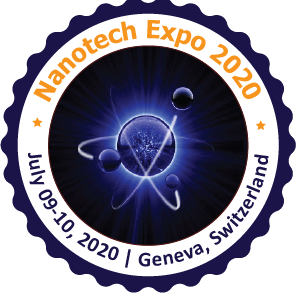
Sergey Ishutov
University of Alberta, Canada
Title: 3D Printing in Geoscience and Engineering: Emerging Technology in Education, Research, and Communication
Biography
Biography: Sergey Ishutov
Abstract
This workshop provides an overview of different 3D printing techniques that use both rock-like materials (e.g., sand, gypsum, clay) and polymers (e.g., plastics, resins). While these cost-effective methods are shaping the future of manufacturing, 3D printing geological media requires profound understanding of capabilities and limitations of each technique and the material properties used. The workshop includes several modules on how to digitally design and 3D print models for use in geomechanics, reservoir rock analysis, geomorphology, petroleum geology/geophysics, and rock physics. 3D printing of near-identical rock proxies provides an approach to conduct repeatable laboratory experiments without destroying natural rock samples. The workshop also discusses case studies where 3D-printed porous models are used to investigate fundamental research questions in the areas of deformation and fluid flow in reservoir sandstones and carbonate rocks. In addition, 3D-printed models are compared to their digital equivalents to investigate geomechanical and transport properties (e.g., porosity, pore sizes, grain sizes, fracture apertures, connectivity of pore and fracture networks, wettability, stiffness).
Participants will learn how to deploy 3D-printed models to improve technical communication to diverse audiences (e.g., students, geoscientists, engineers, managers, community stakeholders). Participants will gain experience with TouchTerrain app that allows 3D-printable terrain models to be generated. The integration of digital data with 3D-printed surface and subsurface features supports communication for both societal and technical objectives. The course will provide insights on future implementation of 3D printing in geoscience, including reduced costs of 3D printers, open-source software, and free access to digital model repositories.

